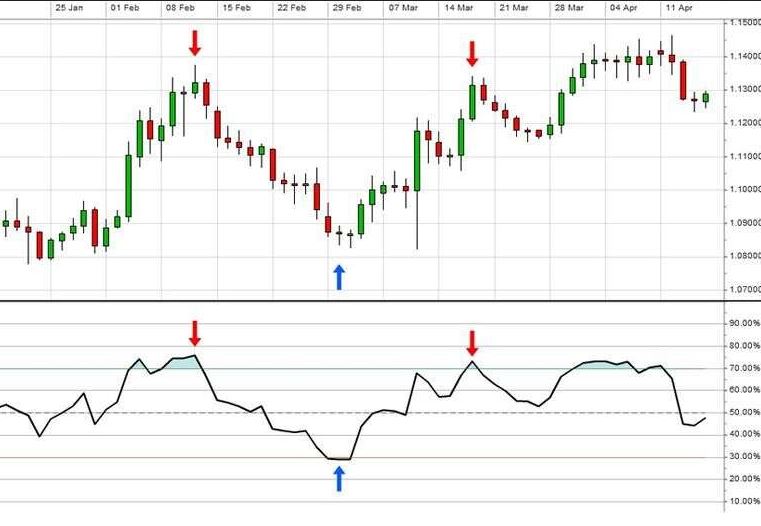Exiting trades on time is one of the most challenging aspects of forex trading. Exiting too late can lead to you losing some profits because no gains were locked in. Exiting early can leave you without potential gains if you hadn’t let the trade run its course.
Seeing it on the charts can be highly frustrating for many traders. You might find yourself trading for revenge or giving in to greed, which could hurt your trading. It is best to focus on this area to increase profitability.

Refine your trades
You can refine your trade exit strategy by reviewing these tips.
Support and resistance trailing stop
Often, big institutions are referred to as controlling price action in forex. Trading around critical levels is a favorite pastime of many traders.
Short sellers scramble to close their losses when key resistance levels are broken, as is usually the case. When using support and resistance trailing stops, you know the pain level of all wrong-sided traders to lock in your open profits.
The market has difficulty moving through support and resistance prices. A further extension of the price is also possible due to them. Ideally, it would help if you trailed your stop behind the market using a support and resistance trailing stop.
Price action
With more trading experience, you’ll recognize price action reversals and when a market is at a reasonable time. When you spot a price action pattern emerging, it’s your responsibility to lock in profits.
A price action-based exit strategy is used in this case. It is possible, for instance, to observe candlestick reversal patterns that indicate the trend is ending.
Gapping stop loss strategy
In preparation for the next session, you might like to back-test exiting at the midpoint of the candle in the session that gaps up in your favor. When the market rises and closes near the highs on a daily chart of the USD/JPY, put your exit at the midpoint of the breakout candle.
Rapid market trailing stop
Runaway markets require rapid market trailing stops. The EUR/USD spikes down for three periods in your favor after some news hits the market. Traders using reversal and Bollinger bands jump in when the move halts and load up in the opposite direction.
Almost as quickly as the EUR/USD dropped, it reversed, potentially wiping out your profits. There are times when the market defies gravity and takes a rapid turn, only to crash back down again soon afterward.
A tighter exit strategy is necessary in this case because the market is rushing in your favor.
Changing your trailing stop can help you avoid giving back your gains when a trade takes off like this. If you choose a shorter timeframe or are willing only to give back one or two times your risk, this may be the better option for you.
Bottom line
With a variety of exit systems in your toolbox, you have the flexibility to manage your position according to market conditions. To generate the best possible result for your trade, you must watch the markets and adapt closely to their movements.

The only way a trader can be present is to plan. Having executed the trade, you have experienced, not created. It would help if you exited based on the current market conditions rather than on back-tested indicators that perfectly reproduce a historical pattern. Entering the right exit in the exemplary scenario isn’t difficult, mainly if you do it.


